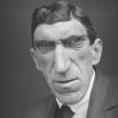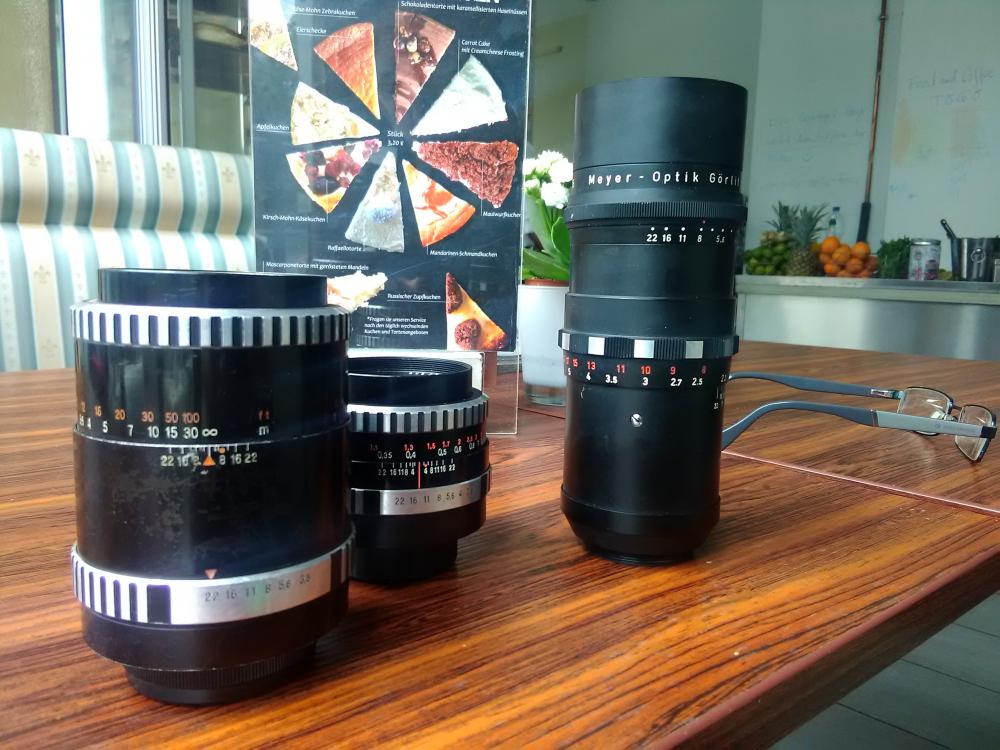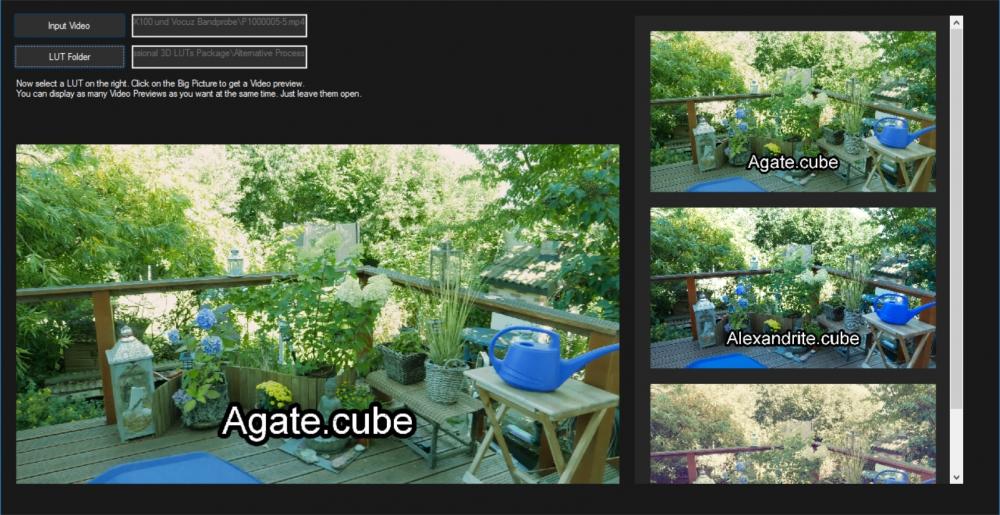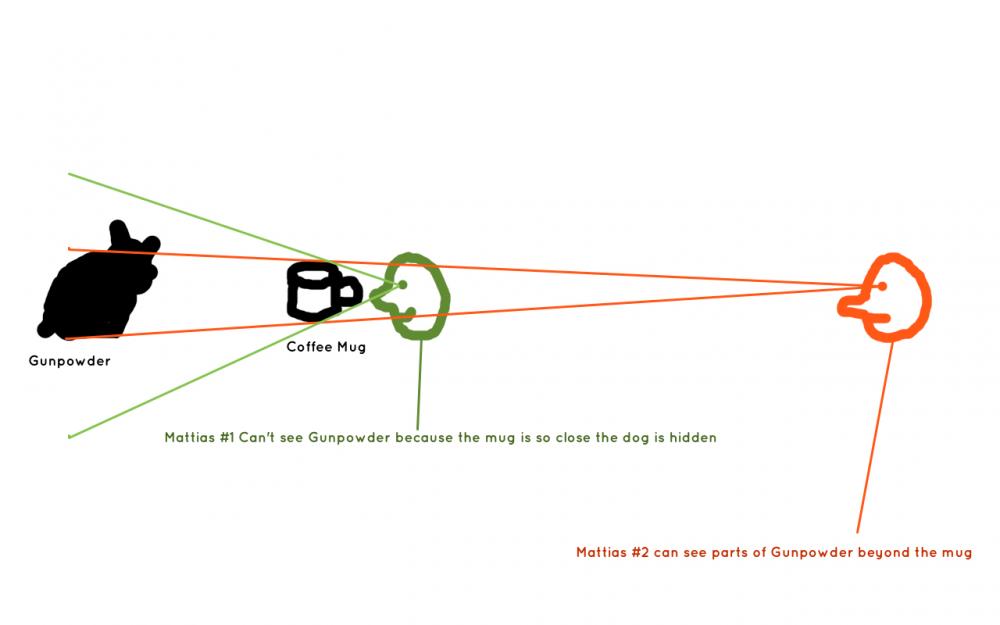Leaderboard
Popular Content
Showing content with the highest reputation on 08/08/2017 in all areas
-

Samsung NX1's Smart Range+ and 0-255 luma
Pavel Mašek and 2 others reacted to Andrew Reid for a topic
Even if you do think it's over sharpened at -10 (I don't - it looks similar to a Canon JPEG on default sharpness and no photographers are rounding on Canon claiming their photos are 'over sharpened') then it is a rather easy problem to fix. Downscale to 2.8K then upscale to 4K again. And if you want to fix your shooting style to get a less 'sharp' result there are numerous techniques, easiest being - Black Mist Pro on the lens and softer light, more diffusion.3 points -
The most unwanted picture style / grading look / LUT...
IronFilm and one other reacted to silvertonesx24 for a topic
I hate it when I'm watching a tutorial or how-to and the actual how-to part is behind several minutes of pointless blabbing. 8 min video for something that could be explained in 30 seconds or a paragraph. That's the bane of limitless capture.2 points -

Samsung NX1's Smart Range+ and 0-255 luma
Marco Tecno and one other reacted to Andrew Reid for a topic
In FHD it's the aliasing that causes the sharpened look, not the digital sharpening algorithm. This is all a bit of a pointless argument because in 4K on the NX1 you have the option in post how sharp or soft you want to go. The NX1 has a superb image.2 points -
The guy provided you with an article showing evidence of sharpening and you're still denying it. Why?2 points
-
2 points
-

Quick Berlin Tip
Francisco Rios and one other reacted to Andrew Reid for a topic
Foto Braune is my favourite for curiosities, old lenses, vintage things. A great guy and he speaks very good English! Enjoy your trip. Shame I'll be out of town when you arrive!2 points -
New Software to preview LUTs in Gallery (Windows - LUTastic)
newfoundmass reacted to gnoober for a topic
Hey guys, I just finished coding my new Software to get a preview of all your LUTs on your footage. It features a still preview, as well as multiple simultaneous video previews, if you wish. You can try it now over on: http://www.fatpigtures.com/lutastic.html The first three guys to contact me via email at info@fatpigtures.com with the subject "EOSHD LUTastic" will get a free full license.1 point -
GH5 owners - 6 months later, how are you liking it?
Gregormannschaft reacted to ntblowz for a topic
QFTT! Save your money for house deposit or next travel, if you are happy with what you got there is no need spend money. I am saving up for newer car1 point -

GH5 owners - 6 months later, how are you liking it?
JazzBox reacted to Andrew Reid for a topic
Not all use line-skipping. Pixel binning yes, not line-skipping. The former bins pixels in groups, say 3x3. It subsamples the image more intelligently than skipping entire lines. 120fps full HD on the A99 II, GH5 and Leica SL is definitely not awful. It's almost as good as the 1080/24p. 120p on the A7S II does not have less aliasing artefacts than the A99 II's full frame 120fps. It is a 2x crop and still has aliasing. The A99 II has no crop in 120p and less aliasing. The GH5 has the best dynamic range on the market for the price ($2000) especially in the Rec.709 picture profiles compared to Rec.709 on other cameras. In V-LOG it is competitive with S-LOG on the full frame Sonys. You have so much more headroom in the highs and lows with standard colour in 10bit. Even in 8bit I think colour and dynamic range is massively improved on the GH5 compared to the GH4. The GH5 is superb in low light as well, again in part thanks to 10bit, and in part the new sensor. AF is fantastic in stills mode, but not in video mode, but then there are very few cameras that ARE offering very good reliable AF in video mode with 4K for under $2000.1 point -
It's just, the camera would have so much more potential, if there wasn't the crazy internal processing. The resolution is there, but fine low contrast detail gets smudged by heavy noise reduction and high contrast enhanced by strong sharpening. Very digital looking sadly. Real detail: RED Helium, ARRI 65, Sony F65 They all have perfect 4K with no aliasing and even worse sharpening nor noise reduction artifacts, since they don't use any. *not sure about the RED Helium though, some Noise Reduction in shadows I think since there's not much detail, the RED Epic was way more detailed in shadow areas. But no visible sharpening.1 point
-
I'm in the mood for pointless arguments. I think I know the difference between digital sharpening, aliasing and real resolution. And no one here is saying the NX1 has a garbage image just because of digital sharpening.1 point
-
I don't know what more to say except that the Nyquist theorem specifically concerns sine waves. Always has, always will. It concerns other wave shapes only to the extent that they are the product of sine waves. By frequency, Nyquist means frequency of the highest order sine wave. (Which in the case of an unfiltered square wave is infinite.) I don't think we're going to make any progress in this discussion until we can agree upon this point, and if we can't we won't. Which is okay! Everyone will draw their own conclusions and luckily this discussion is more academic than practical (to the extent that neither of us are designing sensors and both of us agree the F65 looks awesome). By fairly arbitrary, I only mean tuned partially subjectively. That's my bad for articulating that poorly. And yes, Nyquist does apply to computer graphics, and to that extent the fact that all the graphics you present are of square wave functions (infinite order so far as Nyquist is concerned) is very relevant. That's why they're aliasing like crazy when you downscale them. A few posts back I downsampled some sine wave zone plates (quantized sine waves, granted, and I suppose a binary quantized sine wave resembles a square wave, which further complicates things....) and they didn't alias in the same way! Not nearly as much aliasing. Not any, in fact... until they hit the Nyquist limit. So yes, square waves and sine waves do have different frequencies as concerns Nyquist.1 point
-
Dick Sweeneys two films have a different effect (in whole) as cantsins and Kevin Mullins'. They look like very short, fast cuts. The other clips more have a flip-book/ULFR (ultra low frame rate) approach. There is a magic in seeing time chopped to it's key phases. As a 6-year-old, I received a Christmas present from my parents, which, unbeknownst to them, became my Rosebud: I was obsessed with cranking the speed. Later my father bought me a used Super 8 camera with single frame mode, and I made stop motion films with plasticine dinosaurs in my big brother's model train towns. In connection with the Hobbit-HFR-discussion, I exported the LOTR prologue in 12 fps, here, to demonstrate the opposite effect. I wouldn't like to watch a three hour movie that way myself, but I think this belongs into a filmmakers toolbox and should be used if appropriate. Surely it can be achieved with different methods (with slightly different effect then), and one should experiment with different shutter speeds also. The opposite would be a clip at at least 30fps (clarity), very high resolution and extreme slow motion. Time almost frozen, a living painting. That's what comes to my mind when I read "cinemagraph" (TwoScoops). Now if you imagine a short film as a slide show of those cinemagraphs, the effect could be mesmerizing (given, of course, it's not about flowers and cats).1 point
-
Top marks for a thorough and helpful response @cantsin1 point
-
The NX1 definitely has higher resolution than almost any other 4k camera, but it is definitely also sharpened digitally as well. It's more obvious in FHD too. Regarding the luma range; I'm really surprised you guys didn't know about this earlier. This is a "trick" that works on Sony files as well. However, I found there to be little difference in DR between shooting at 16-235 and shooting at 0-255 and using the Fast Color Corrector.1 point
-
This weekend I had the chance to get out a little with the GH5. So I geared up and headed out to take some footage with the new SLR Magic 40 Compact and the Panasonic 35-100 f2.8 ii. All the shots in this video are using the aforementioned combination. I was not expecting much as the anamorphic lens are not supposed to like low-light. But in the end I feel the combination might have some use at night. I am becoming quite impressed with the GH5. It is a very inspiring and liberating camera to shoot with. In any case, check out the video below, and feel free to add your two cent worth.1 point
-

Lens test Kowa Prominar 16 H - Sony Zeiss / Minolta MC
Dick Sweeney reacted to buggz for a topic
Thanks for sharing this information. I really like my GH5 - Metabones Speedbooster 0.67XL - Minolta Rokkor PG 58/1.2 EOS mount and B&H Kowa 2X combination. I use the great Rapido anamorphic lens clamp V2. I recently purchased a Porst 55/1.2 in Pentax K mount. Need to get a dremel tool to mod certain parts of the mount to have this fully useful for my configuration. Hope to do this soon.1 point -

When a movie isn't a movie, but is...
Dick Sweeney reacted to Tim Sewell for a topic
THe guy who did the one I posted used SOOC JPGs. But, y'know, Fuji....1 point -

GH5 owners - 6 months later, how are you liking it?
Paul Cryer reacted to Andrew Reid for a topic
It has amazing dynamic range even in Rec.709. It has remarkably low rolling shutter compared to Sony. The 10bit files are amazing in low light with lots of 'depth' and richness to the shadows. It helps that it's so good in low light anyway with very clean ISO 3200. Tons of features, I will write a guide about it but it will take a while. Review coming soon, I know it's been ages but I will get round to it!1 point -
This comparison will be mute once Canon add the XF-AVC codec, which will likely be 10-bit. The idea of comparing the C200 to a hybrid DSLR is a bit silly. Where are the XLRs, Timecode, SDI outputs etc, on the GH5? I think this person put across the differences of working with a dedicated video camera vs a DSLR hybrid best.1 point
-

Full Frame Aesthetic?
EthanAlexander reacted to Lintelfilm for a topic
Mattias compression is only about distance from the subject. It has nothing whatsoever to do with lens choice OR sensor size. You can test this without a camera using your eyes and your feet. Wider lenses have the ability to get more FOV in the frame but they can't magically see around or behind objects. Just as longer lenses can't magically make background objects larger. This discussion/disagreement is about equivalent focal lengths and whether or not the same image characteristics can be recreated regardless of sensor size if the correct lens spec is used. Depth of field doesn't have to be part of that discussion but it can be and has been (I think you talked about bokeh for example). So yes a 50mm lens at 2m from a subject creates the compression as it does on a small or big sensor. But so does a 25mm lens kept at that same distance. And therefore the only variables that influence image character are FOV, sensor size and aperture size. These variables however can't magically make background and foreground objects move in 3D space! Or to put it another way ...1 point -
Full Frame Aesthetic?
EthanAlexander reacted to mercer for a topic
Idk, to me the full frame example clearly pushes the woman's hair off her right shoulder, whereas the m4/3 leaves it draped over her right shoulder. Damn distortion...1 point






